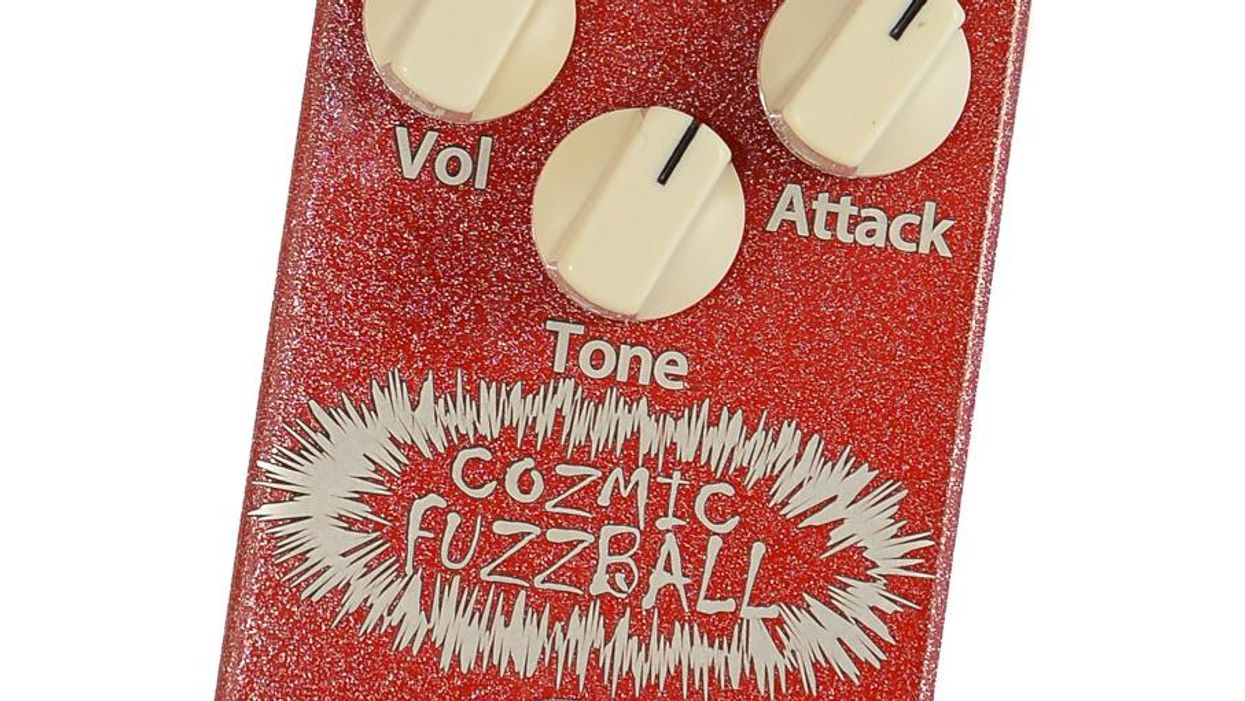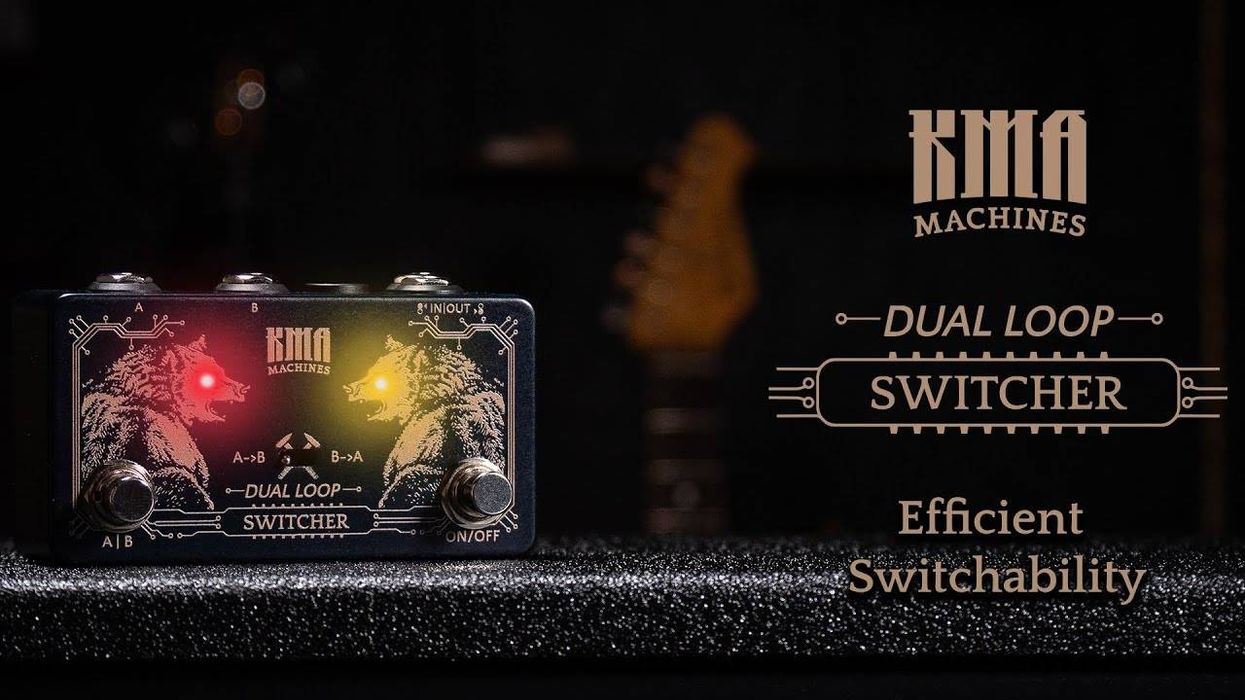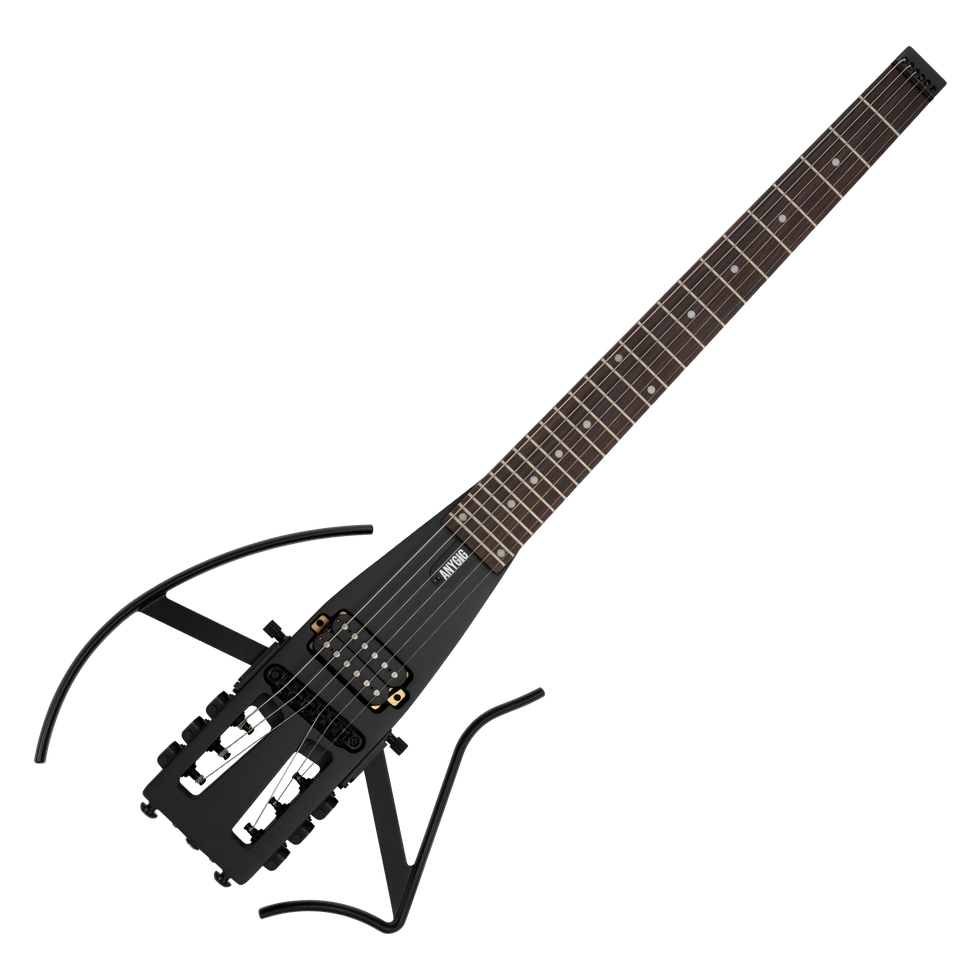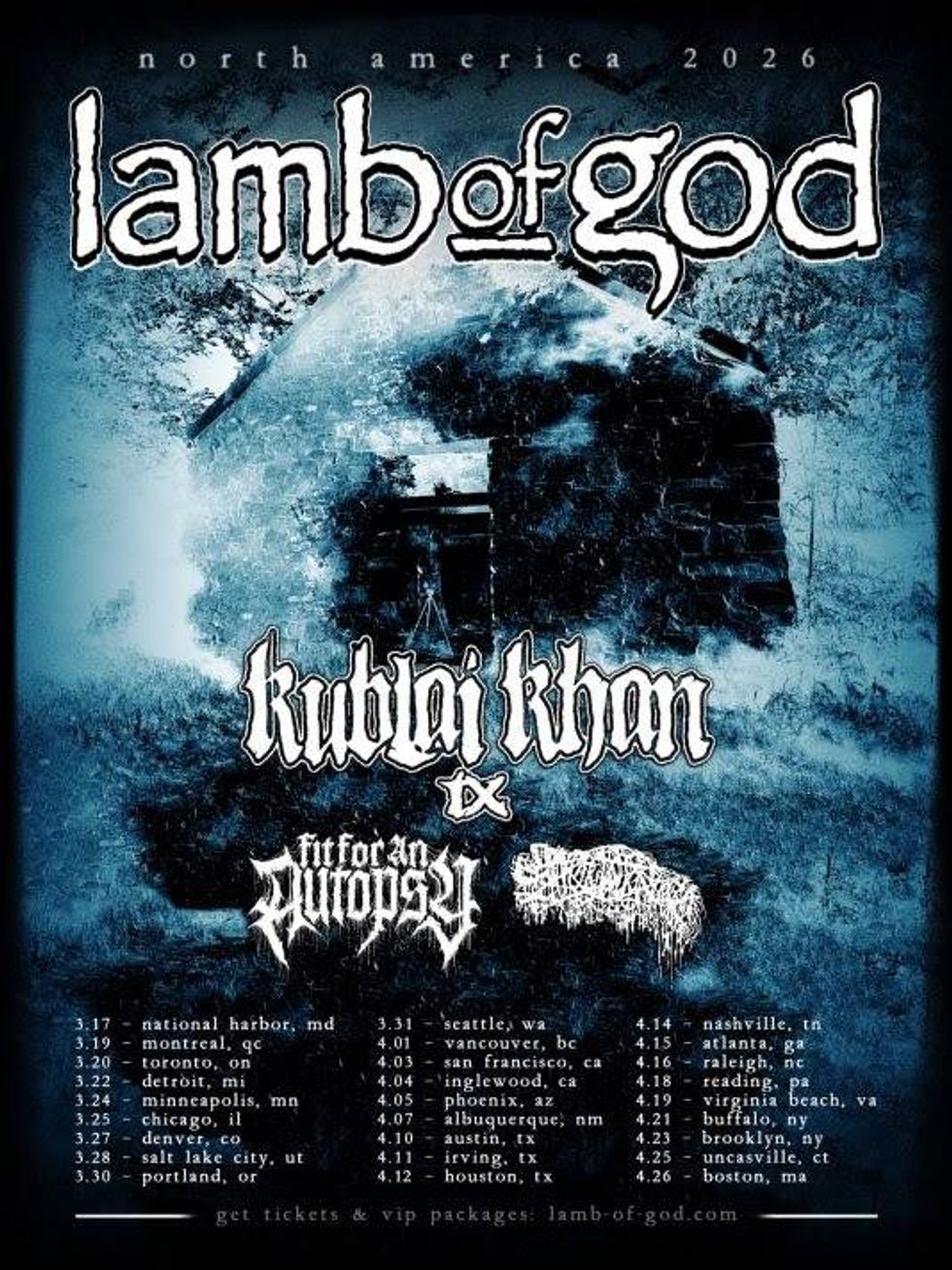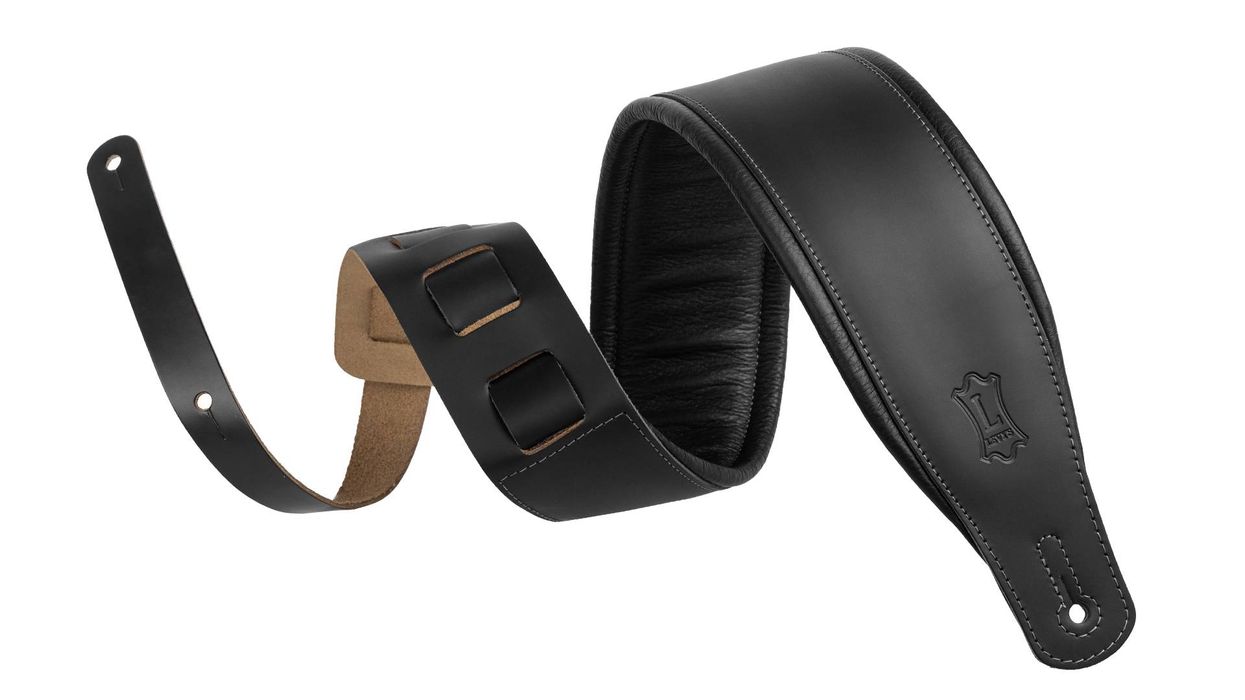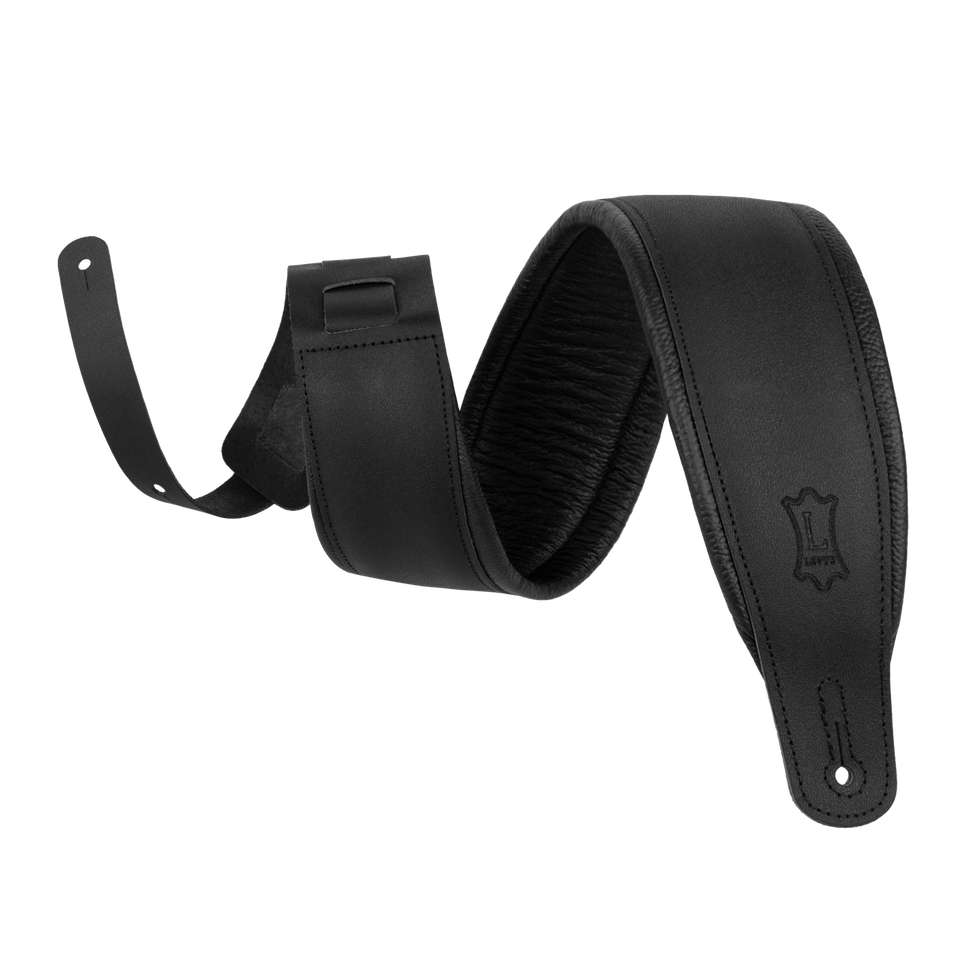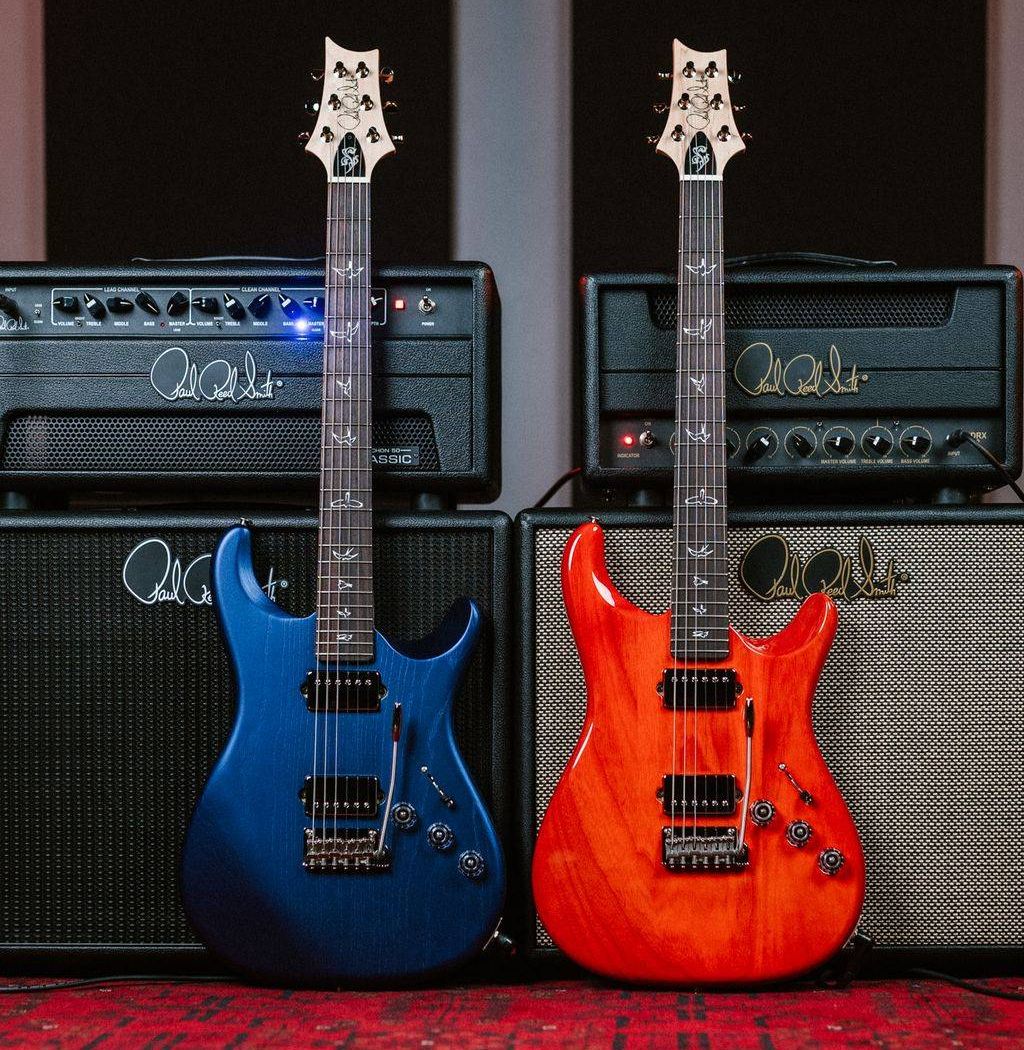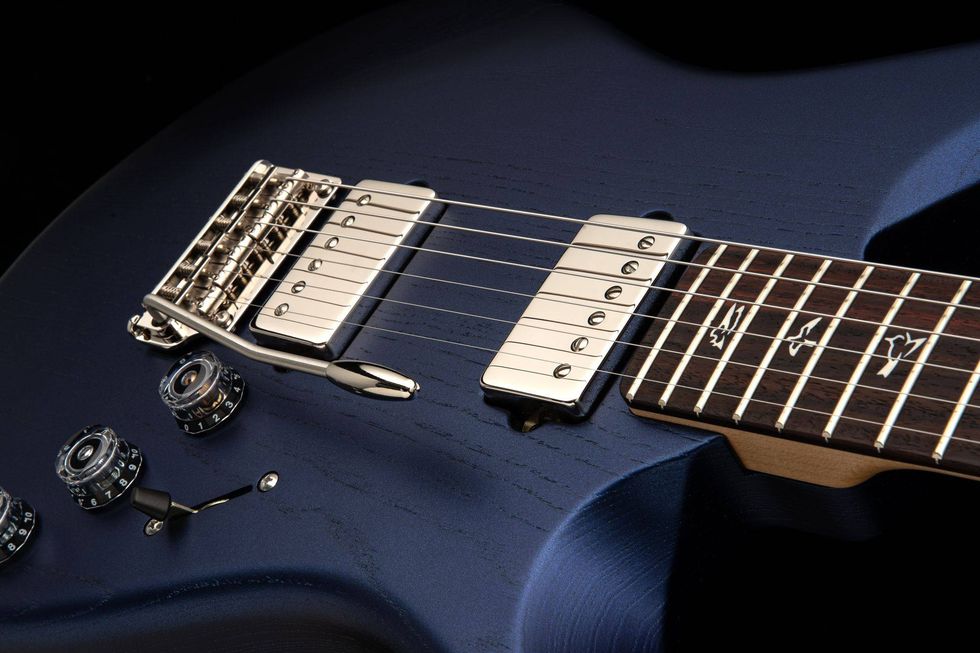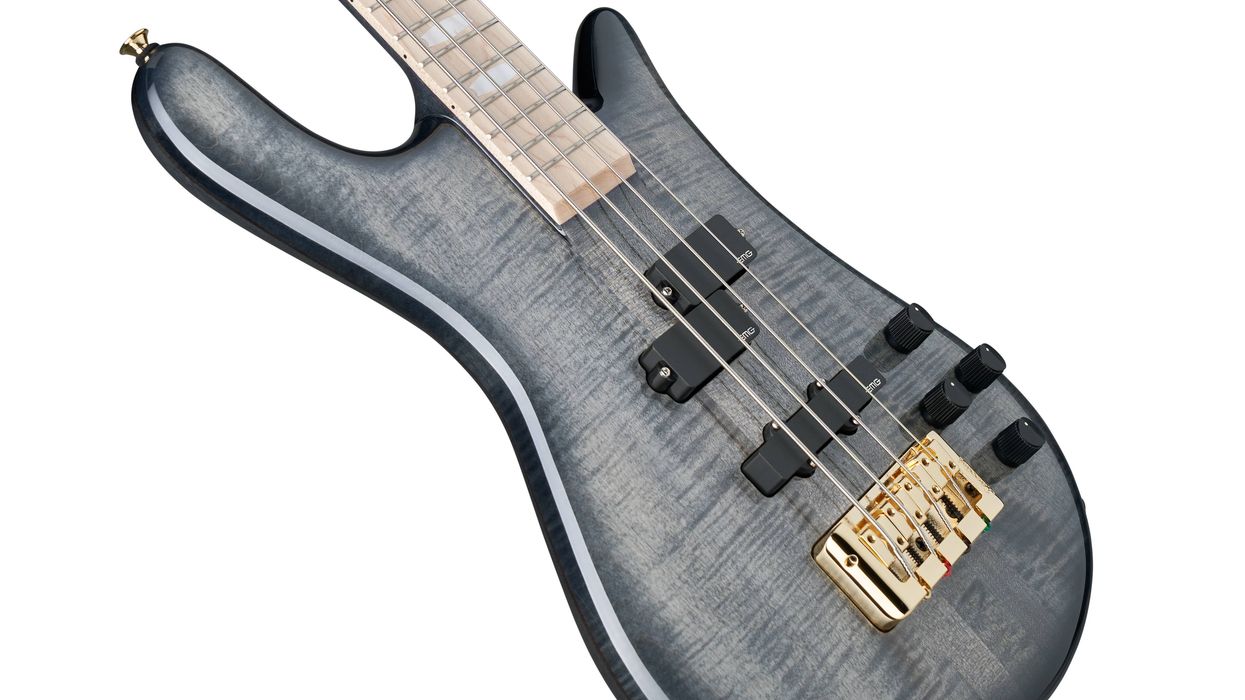Boutique pedal company McGregor Pedals has launched its third pedal: The Cozmic Fuzzball. It follows on the heels of the McGregor's previous pedals, the Crunch Transparent Overdrive, a single-channel, low-gain overdrive pedal for guitar and bass, released in December 2019 and the Crunch Plus Overdrive, a medium-gain version for guitar and bass released in December 2020.
Designed and built by Garth Heslop, the brand new Cozmic Fuzzball pedal is built on the same foundation as the previous two pedals, though you would never know it. Heslop takes it to the next level by stacking hard clipping with soft clipping and adding an overdriven transistor for that sweet fuzz tone. Beginning with the attack control on minimum the Cozmic Fuzzball delivers distortion with a bright creamy edge. As you bring up the attack the distortion gets heavier; by noon on the attack, you have already started to hear fuzz layered in. Both the fuzz and the sustain grow from there. The Cozmic Fuzzball was designed for both guitar and bass.
McGregor Pedals - Cozmic Fuzzball - Demo by Michael Schau
The Cozmic Fuzzball has a straightforward control set:
·Attack: This controls strength of the signal hitting the fuzz transistor; more attack = more fuzz and sustain. At the lower end with low output pickups the effect is mild distortion/overdrive. As you bring up the attack the distortion gets stronger. Soon you will hear fuzz starting to layer in. Pin the Attack and you are in fuzz-land. The output of your pickups will have a significant effect on how much fuzz is generated (as will your guitar's volume pot)
·Tone: this is a variable high pass filter; the left side of the range is more for bass guitar, the right for both bass and guitar.
·Vol: This attenuates the amplified and clipped signal after it leaves the tone filter.
·LED Brightness (Unmarked Trimpot on the side): Please make the adjustment gently using a jeweler's screwdriver.
Key Cozmic Fuzzball features:
Hand soldered in Vancouver, Canada
High grade components picked for their superior sound and response
True bypass with soft-click switch
Standard 9-volt DC center-negative power operation (no battery compartment)
Top-mounted audio jacks and power input to help with packed pedal boards
The Cozmic Fuzzball is currently priced at $210 and can be purchased directly from the McGregor Pedals online store via mcgregorpedals.com.
